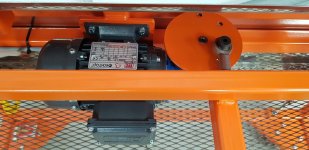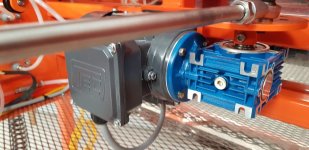Jim in Idaho
Silver Member
- Jul 21, 2012
- 3,349
- 4,750
- Detector(s) used
- White's GM2, GM3, DFX, Coinmaster, TDI-SL, GM24K, Falcon MD20, old Garrett Masterhunter BFO
'Way Too Cool' dual 18 Watt UV light
- Primary Interest:
- Prospecting
I had a thought, to clear the air on the above subject, I should post a .pdf that helped shape my journey on shaker tables. People seem to think that tables need to be some, super-duper, complex, scientific device. They don't! So if you always wanted to know how to build a simple, portable table that can be used about anywhere, this is for you.
Attachments
Upvote
5








